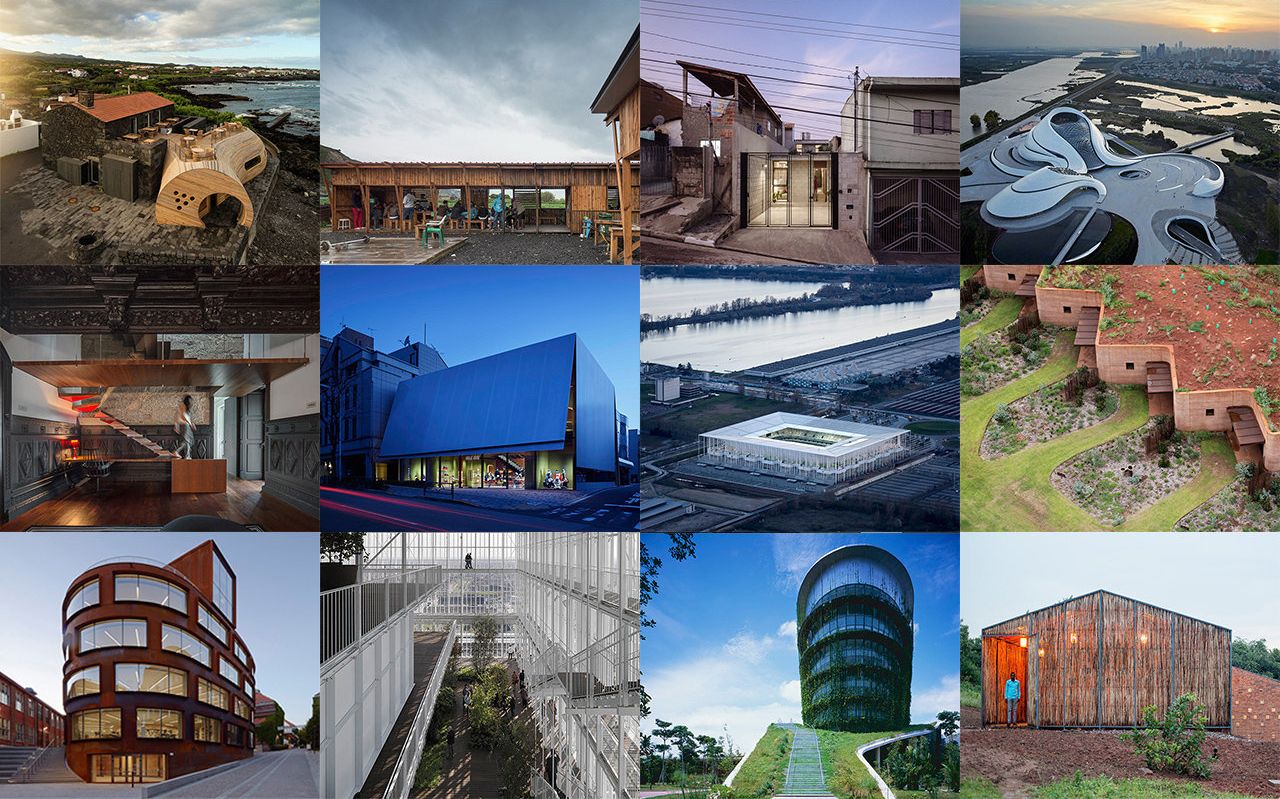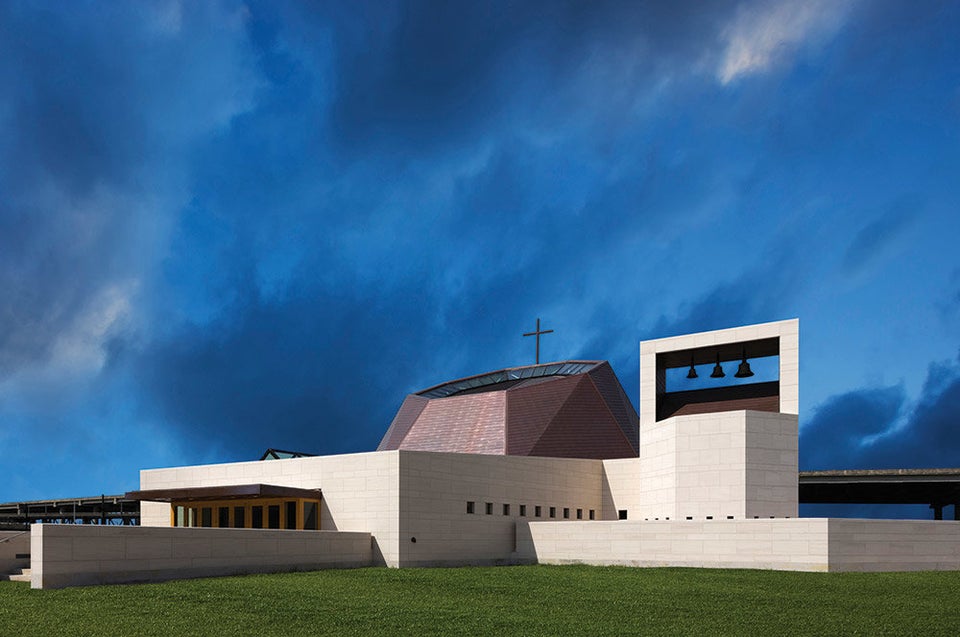From a spiraling wedding chapel in Japan to a cattle station in Australia to a health center in Rwanda, architecture around the world is innovating some of the most unlikely of spaces. We're used to hearing about skyscrapers needling the heavens at ever-frightening heights, but sometimes, it's the designs looming closer to the horizon that are the real feats of imagination.
Arch Daily, a trusted purveyor of architecture news, recently announced the winners of its 2016 Building of Year Awards. The honorees demonstrate both the beauty and service design drums up across the globe, chosen by a jury comprised of 55,000 of Arch Daily's readers. They whittled down a total of 3,000 projects to just 14 winners, showcasing the best architecture of 2016 so far -- sometimes in small packages.
Check out the buildings of the year below. While these imaginings veer on the compact side, they emphasize how important sustainability and natural aesthetics are to their designers.
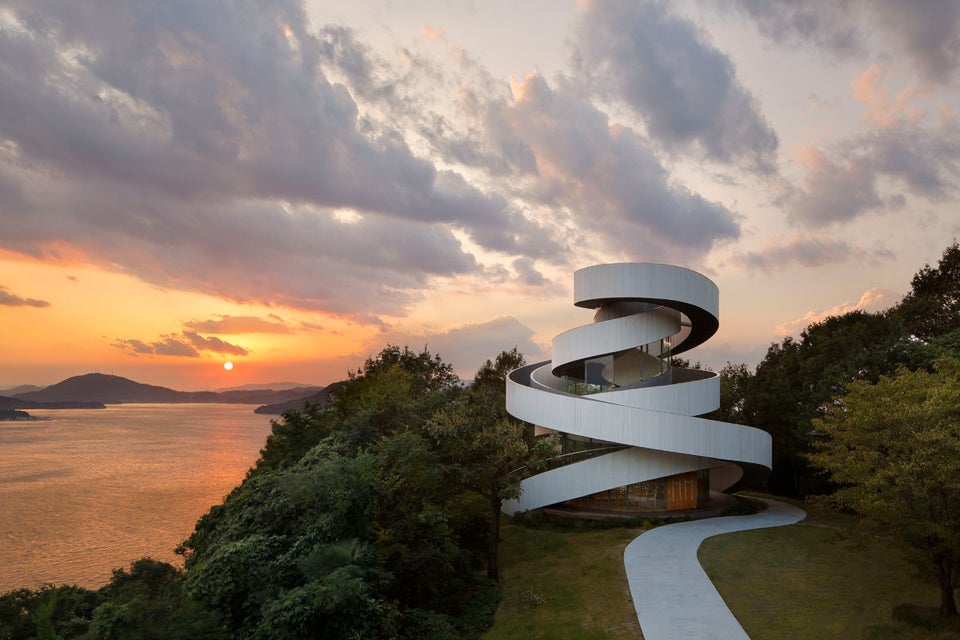
What: Ribbon Chapel
Why: A wedding chapel in Onomichi, Hiroshima, that takes the form of a "free-standing building of unprecedented composition" meant to architecturally embody "the act of marriage in a pure form."

What: The Great Wall of WA
Why: Described as "the longest rammed earth wall in Australia," the 750-foot long structure was built to provide short-term accommodations for a cattle station during mustering season. The various residences rely on thermal mass to keep them naturally cool in the subtropical climate.

What: Factory on the Earth
Why: The industrial space, fit with a green roof, is designed to reduce the amounts of carbon expelled and collect rainwater. "We wanted to transcend the factory typology," the architects explained in a statement, "by incorporating elements that would make the Islamic workers proud of the new working environment they would be facing."
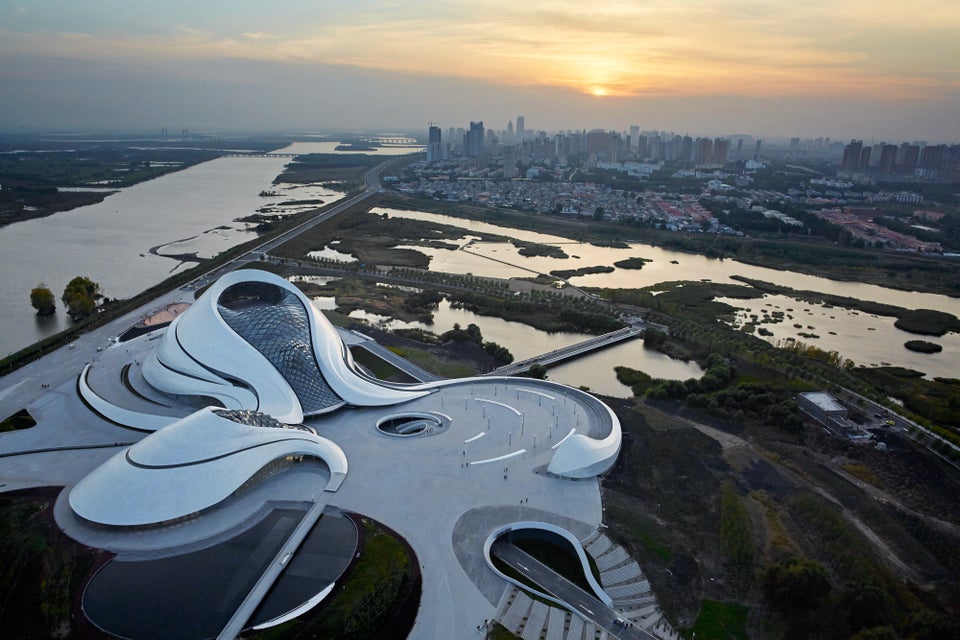
What: Harbin Opera House
Why: The space, which consists of a grand theater capable of holding 1,600 patrons and a smaller theater for 400, was meant to blend in with Harbin's natural wetlands.
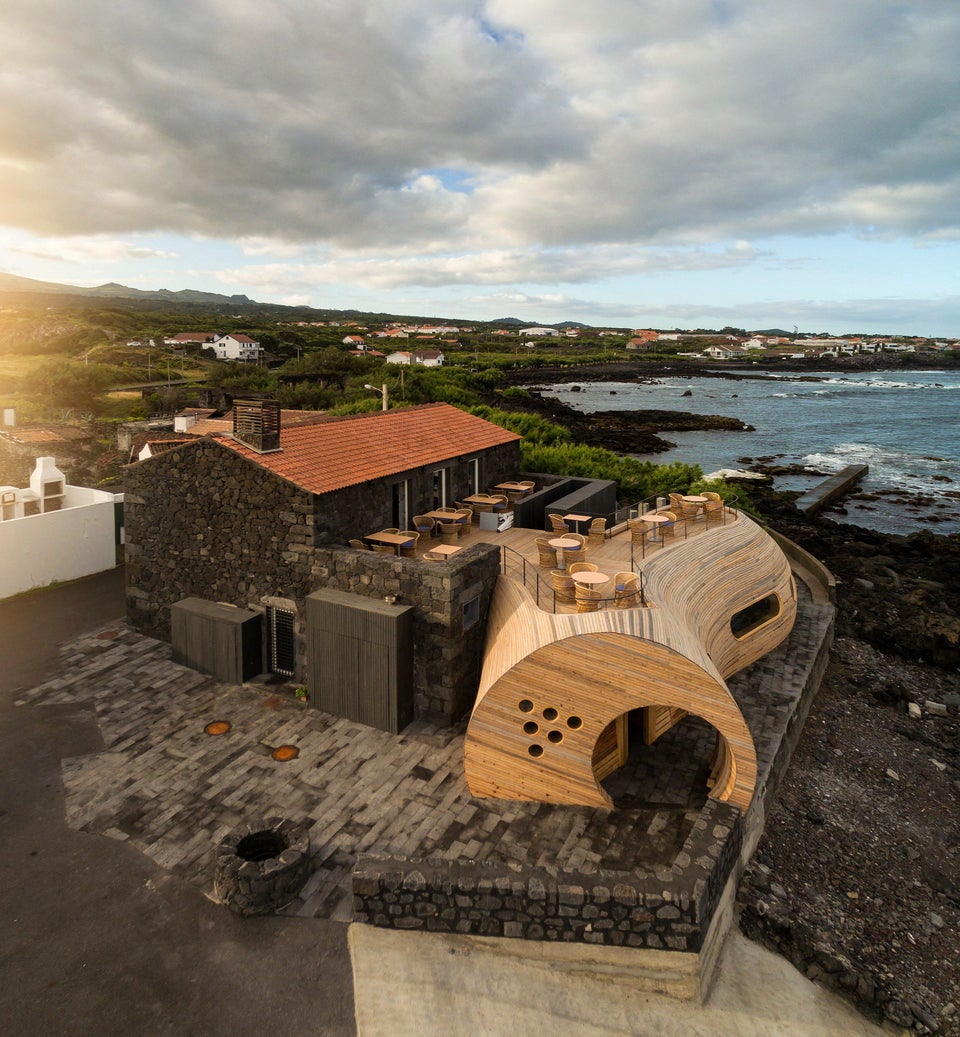
What:Cella Bar
Why: It's an abandoned-space-turned-restaurant that's tailored to the beachside landscape.

What:Partners In Health Dormitory
Why: All the materials for this health center were sourced from within Rwanda, and 90 percent of the labor came from the village of Rwinkwavu -- women represented a minimum third of the staff. "This housing represents a major step forward for the local healthcare system in this remote area of Rwanda," the architects explained.
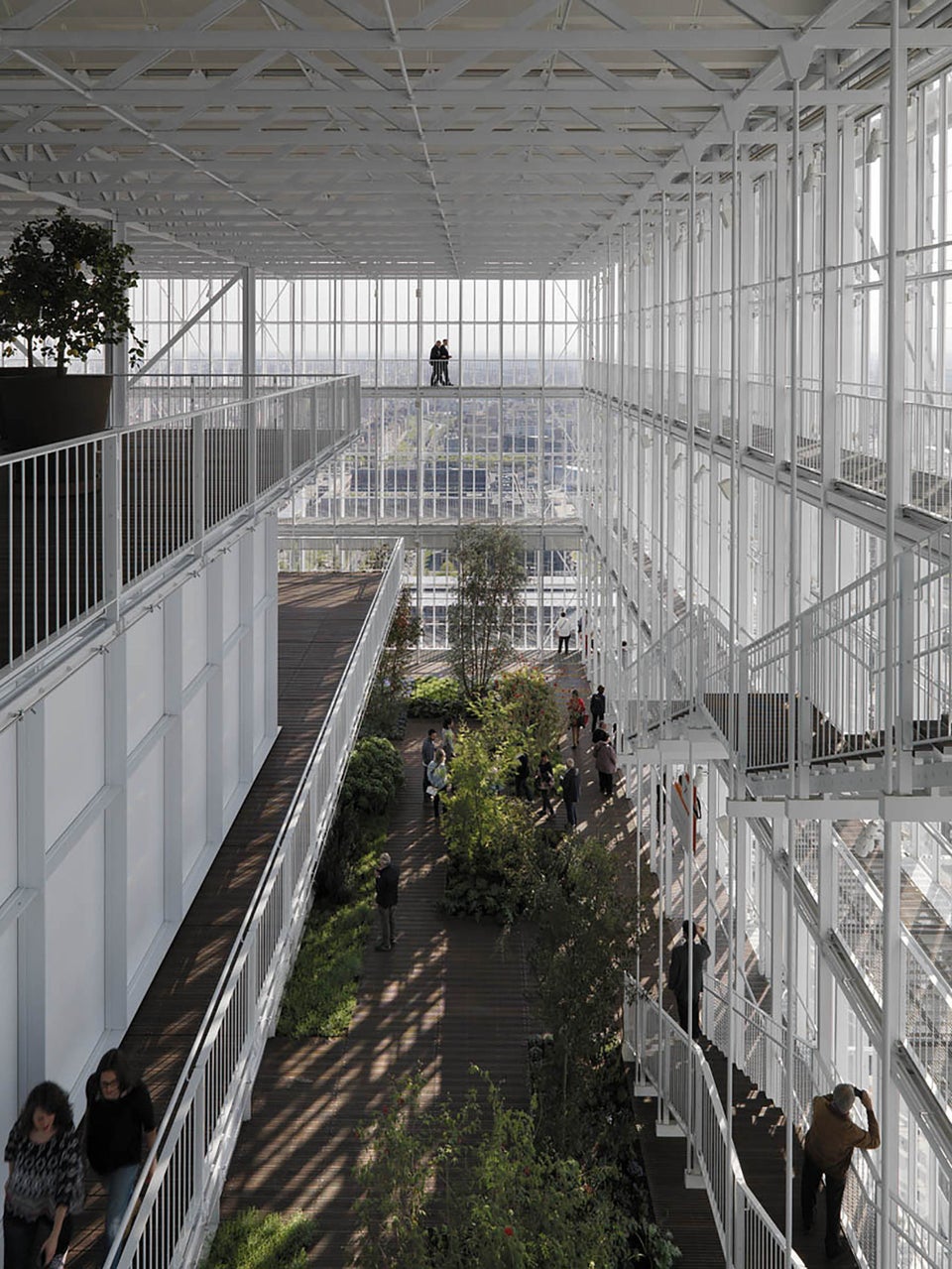
What:Intesa Sanpaolo Office Building
Why: The design is the result of "advanced research" that takes into account the area's surrounding natural sources (water, air, sunlight) to limit energy consumption. For example, ground water is used to cool the offices and solar energy is captured by photovoltaic panels.

What:House in Guimarães
Why: This is anyone's dream restoration: indoor and outdoor pool, spiral staircases, unique storage designs, library, green atrium, all situated on property with a grove of oak, chestnut and cork trees. Think total luxury.
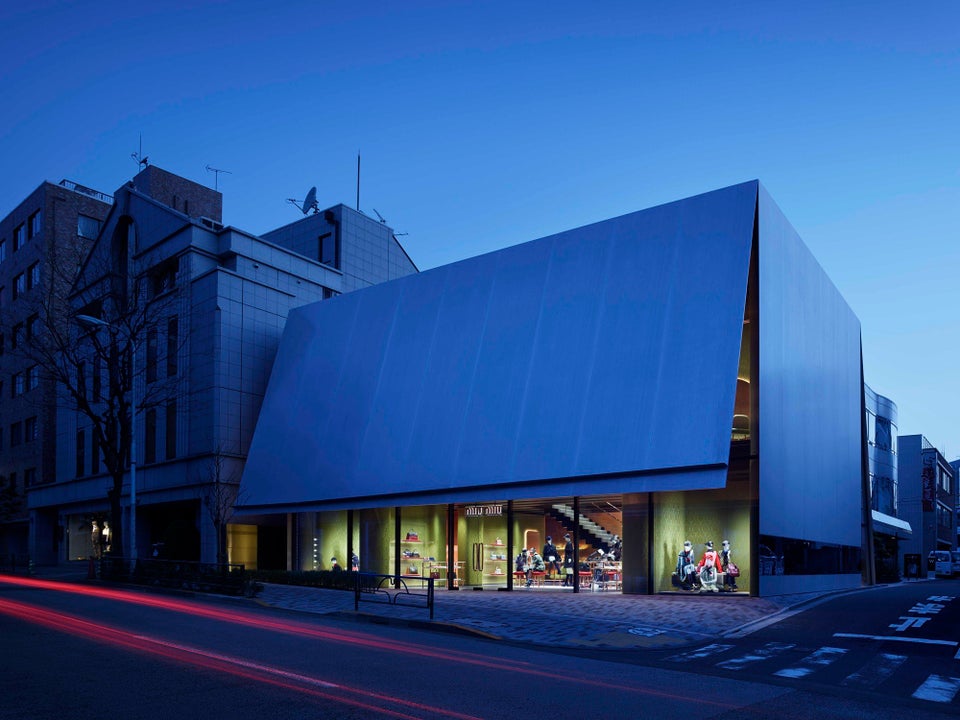
What:Miu Miu Aoyama Store
Why: From the architects: "The façade has neither logo nor pomp; it is a polished, mirror-smooth surface, as if one single giant brushstroke had swept smooth the ordinarily matte surface of the steel panelled façade."
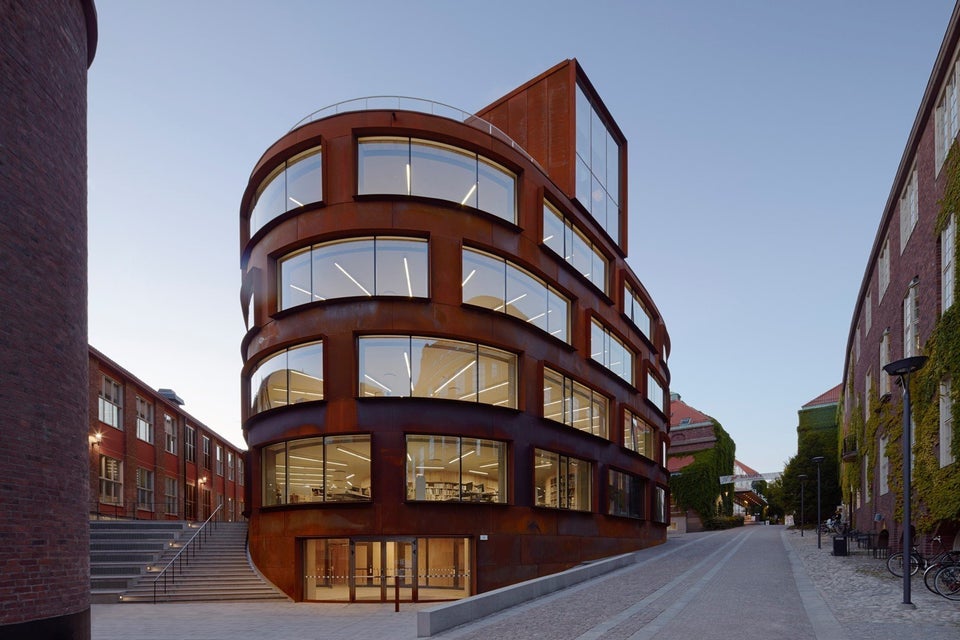
What:School of Architecture at the Royal Institute of Technology
Why: The design is based on a free campus layout that's meant to encourage movement -- not necessarily stationary activity.
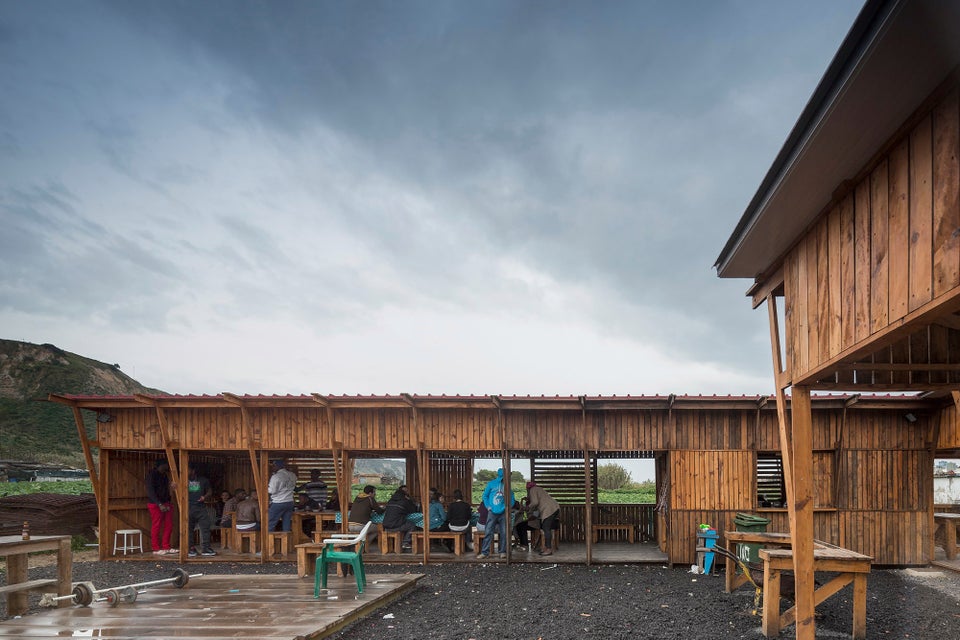
What:Community Kitchen of Terras da Costa
Why: The community center provides for a population of around 500 people -- mostly of African and Romani descent, including 100 children -- who inhabit an illegal neighborhood in Costa da Caparica, dubbed Terras da Costa.
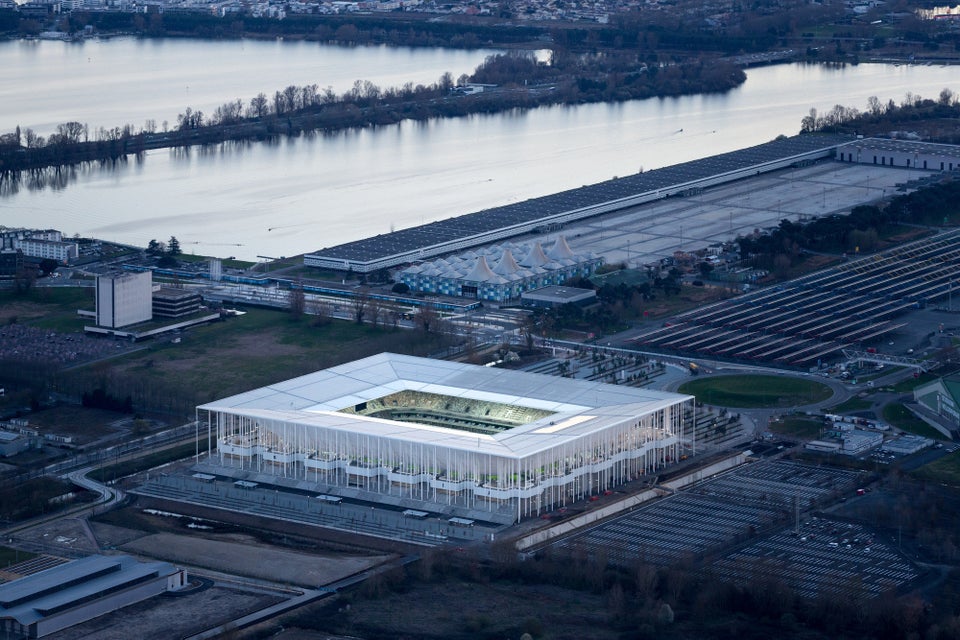
What:Matmut Atlantique Stadium
Why: It's a sports stadium in Bordeaux that was designed with the surrounding landscape in mind. The goal: to infuse the design with geometry and fluid, open lines.
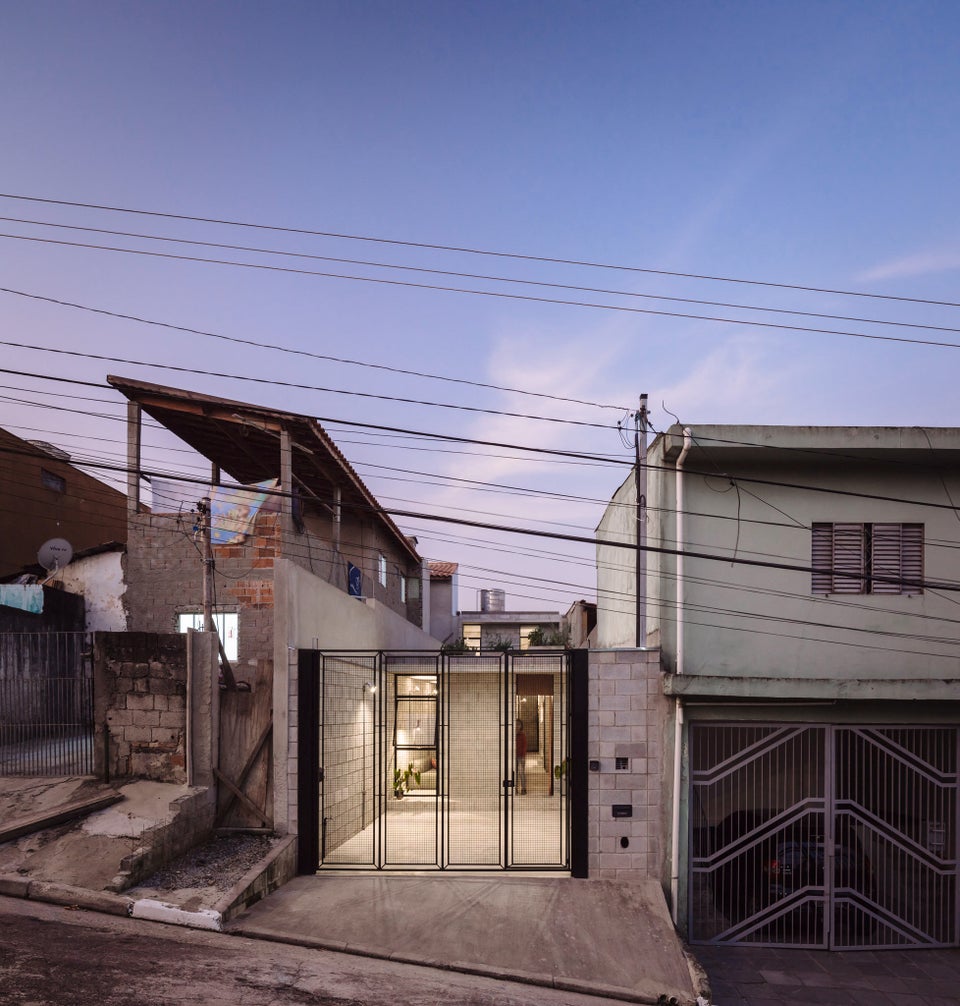
What:Vila Matilde House
Why: The architects rehabilitated an elderly woman's longtime home that was suffering from severe structural damage, adeptly taking advantage of the 15 by 80-foot space that includes a living room, lavatory, kitchen, laundry space, indoor courtyard and bedroom suite.
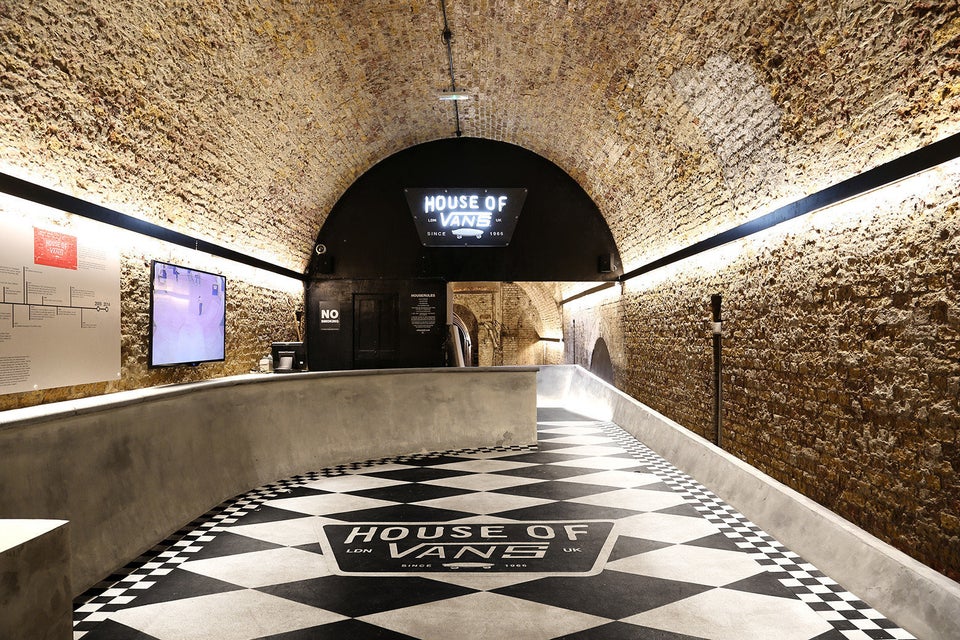
What:House of Vans London
Why: According to architect, "it has been established as a place to participate in the cultural lineage of skateboarding ... combining skateboarding, art, film and music."
Also on HuffPost:
